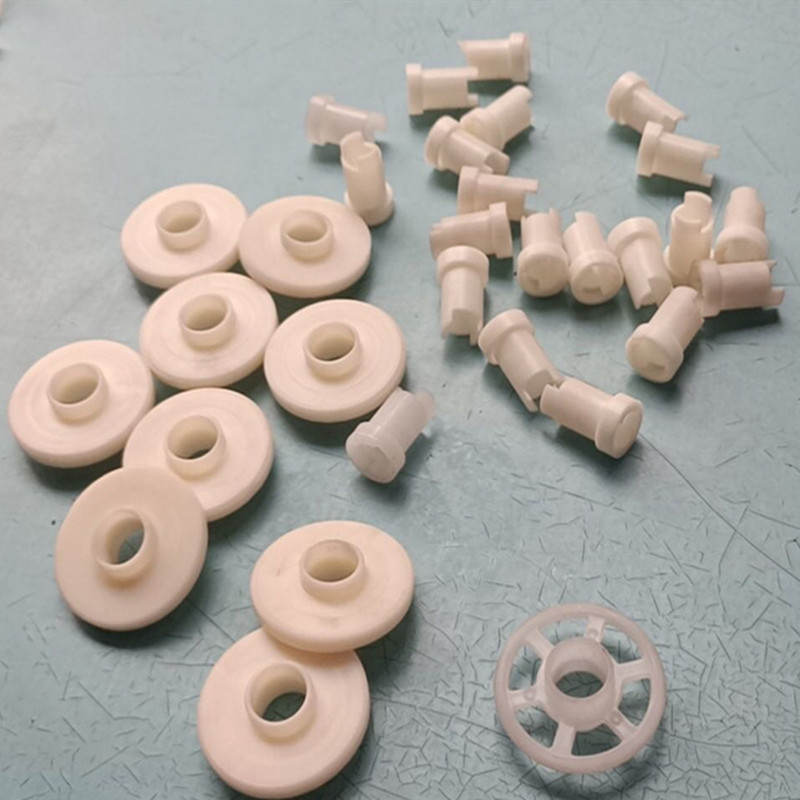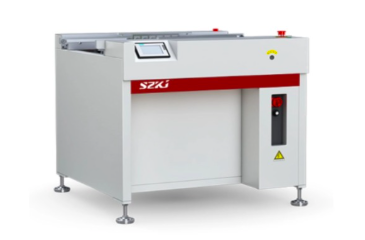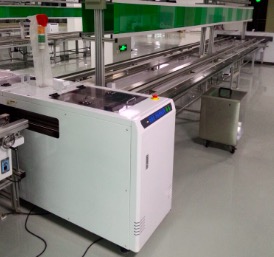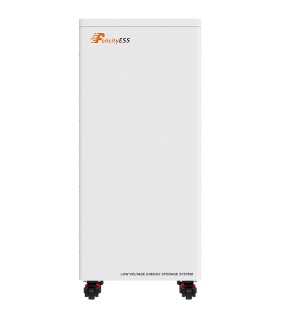目录
Introduction of ESD POM compound
ESD POM compound refers to a new composite material that adds antistatic additives to polyoxymethylene (POM) resin or undergoes special modification treatment to make the material have antistatic properties. ESD POM compounds (also known as antistatic polyoxymethylene composite materials) have good comprehensive properties and are widely used in some fields that require static control. POM itself is an excellent engineering plastic with high strength, high hardness, good wear resistance, and fatigue resistance. However, POM has a high resistivity and is prone to static accumulation in some specific application scenarios, which may cause dust absorption, and discharge, affect product performance, and even cause safety hazards.
Main performance characteristics
- Excellent physical properties: usually a hard and dense material with a smooth and shiny surface, light yellow or white color, high crystallinity, good colorability, and extremely low water absorption.
- Excellent mechanical properties: high hardness and rigidity, high resistance to creep and stress relaxation, excellent wear resistance and self-lubrication, and relatively excellent fatigue performance.
- Higher heat deformation temperature: can be used for a long time in the temperature range of -40℃ to 104℃.
- Good electrical properties: dielectric loss and dielectric constant change little in a wide frequency and temperature range, maintaining good arc resistance.
- Certain chemical properties: good tolerance to solvents, oils, weak acids, weak bases, etc.
The antistatic properties of ESD POM compounds are usually achieved by adding specific antistatic agents or adopting special production processes, and their surface resistivity is generally between 10^6 and 10^9Ω/sq. It is suitable for a variety of scenarios, such as manufacturing parts for electronic equipment, test fixtures, fixtures in silicon wafer processing, and sensitive electronic components (such as hard disk drives and printed circuit boards).

ESD POM sheet
Common applications of ESD POM compounds include plates and rods. In terms of specifications, the thickness of the plate is generally 5 to 100mm, the width is 500/620mm, and the length is 1000mm; the diameter of the rod is usually 6 to 200mm and the length is 1000mm. The colors are mainly beige and black. Origin includes Germany, the United States, etc.
- POM Japan Asahi Kasei cf454: has wear resistance, high rigidity, enhanced high strength, antistatic, etc., suitable for the fiber field.
- POM American Ticona CF802: antistatic polyoxymethylene raw material, with high-temperature resistance, oil resistance, conductivity, and other properties.
- Conductive POM/American DuPont/300as plastic POM.
- POM Japan Polyplastics EB-08: blow molding grade high rigidity enhanced grade conductive grade antistatic raw material particles.
In terms of cost, the specific selling price of ESD POM compounds will vary depending on factors such as origin, brand, specifications, and performance. For more detailed and accurate information, you can consult the relevant manufacturers or suppliers.INCHR has been focusing on anti-static composite materials for 12 years. It has been providing professional ESD solutions for plastics to customers around the world. In practical applications, when choosing a suitable antistatic POM composite material, it is necessary to comprehensively consider its performance, specifications, price, and specific use environment and requirements.
0




